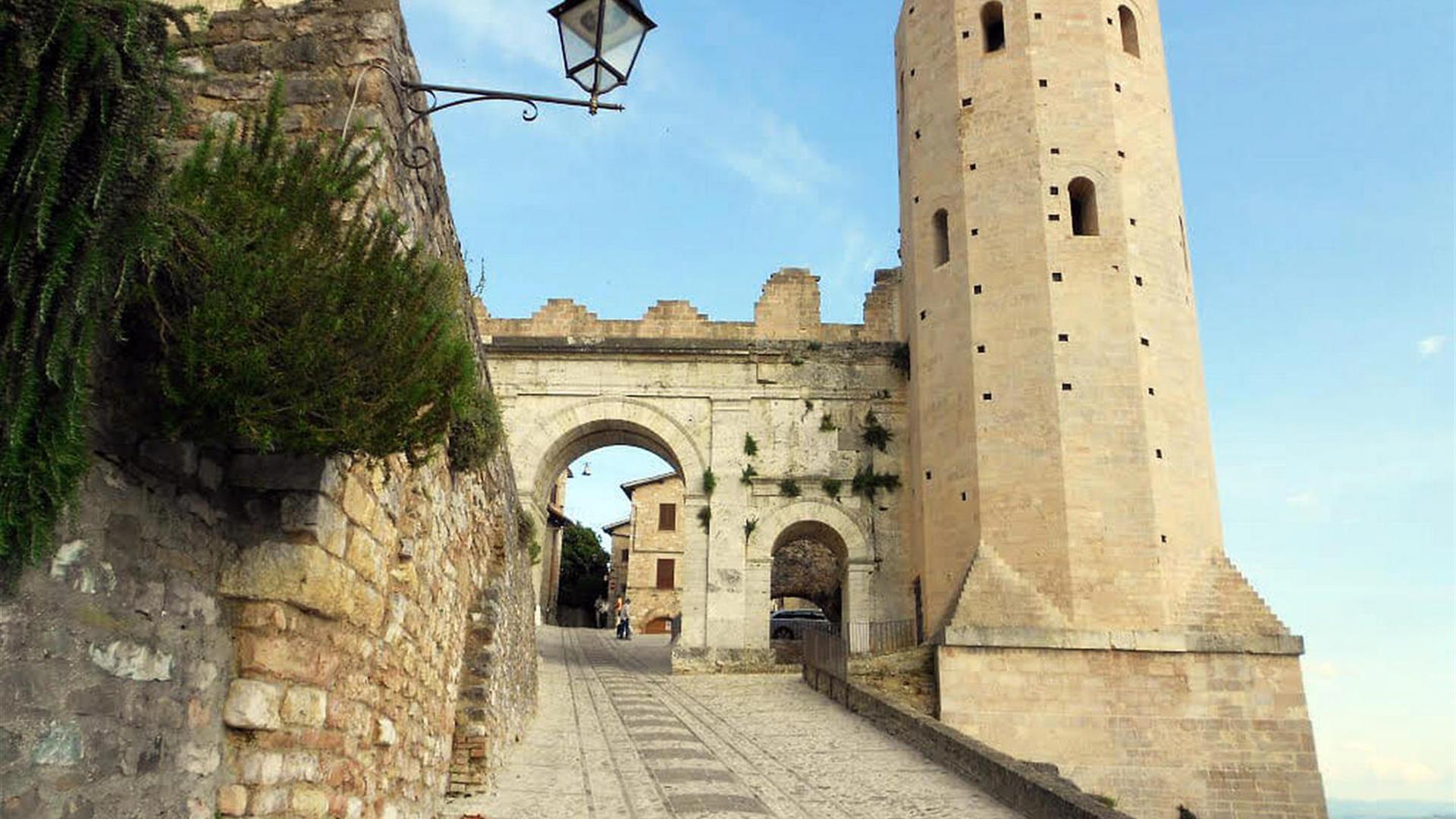Among the most cheerful and colorful Flower Festivals held annually in Italy, the one in Spello has gained increasing importance over time, attracting visitors from all over Italy and abroad. This traditional festival, celebrated on Corpus Christi, sees the streets of Spello transformed into magnificent floral carpets, giving the event an increasingly marked artistic and community dimension.
The preparation of the Flower Festivala begins months before the event. The “florists” (in this case, the local floral artists) and numerous volunteers engage in selecting and preparing the flowers. The choice is crucial to ensure the variety of colors and the quality of the compositions; the flower buds are then divided into small pieces to create fine details and shades in the images. The floral compositions created during the Flower Festivals are true temporary works of art. The themes of the compositions vary each year and can include religious scenes, reinterpretations of famous artworks, naturalistic and symbolic motifs. The precision and richness of details are astonishing, with participants using flower petals, leaves, herbs, and sometimes seeds to create extraordinary visual effects.
The true magic of the Flower Festivals takes place on the night before the Corpus Christi procession, known as “The Night of the Florists”. The streets of Spello fill with artists, and the alleys of the village are illuminated and animated by music and celebrations.
The climax of the Flower Carpets arrives on the morning of Corpus Christi when the religious procession passes through the adorned streets, blessing the floral artworks. It’s a moment of great emotion and spirituality, combining religious devotion with the celebration of art and natural beauty.
